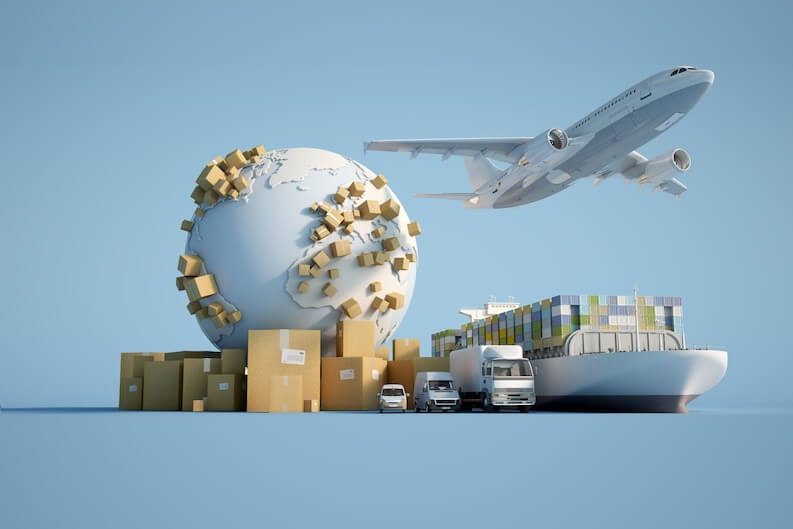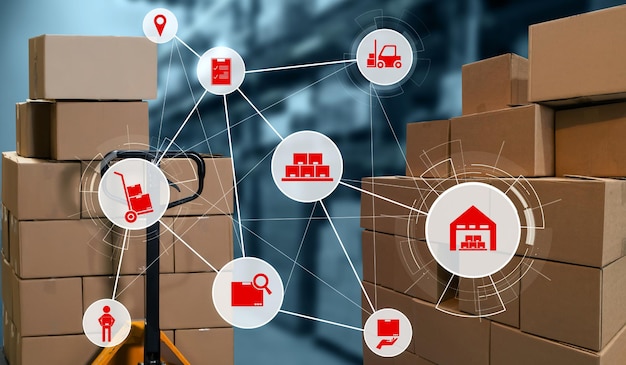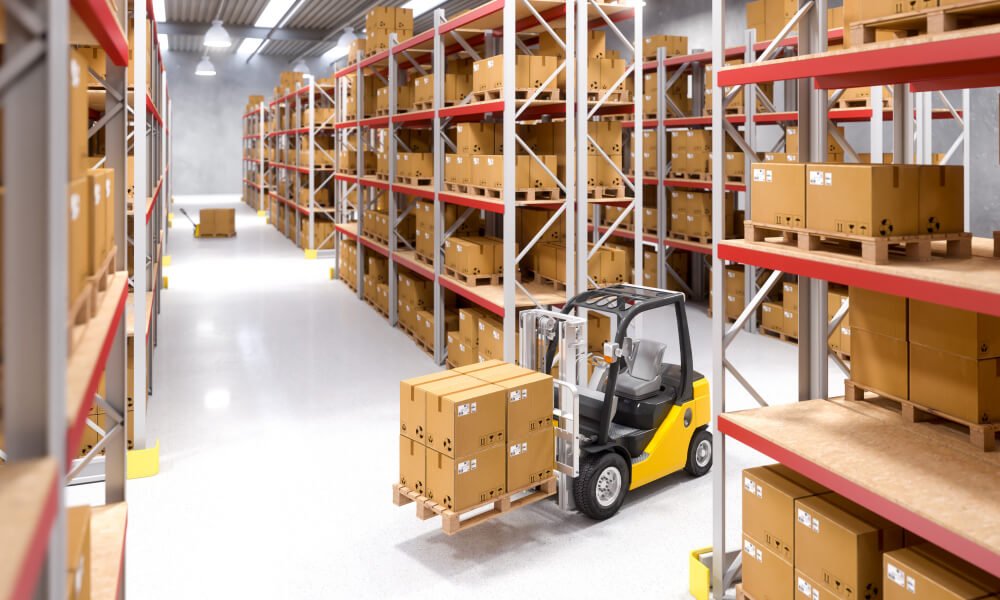In the world of B2B logistics, where the flawless coordination of transportation, warehousing, and distribution is vital for economic success, the quest to discover how to reduce freight costs becomes a paramount concern. The relentless upward climb of freight expenses presents a significant challenge for businesses aiming to optimize their operations and strengthen their financial health.
In this comprehensive blog, we will embark on a journey to uncover practical methods designed to lighten the burden of freight expenditures, ultimately bringing tangible benefits to your financial bottom line.
Key Takeaways:
1. Fuel prices have a substantial impact on freight costs.
2. Fluctuations in global oil production, weather-related disruptions, and geopolitical tensions contribute to fuel price volatility, directly affecting freight expenses.
3. Cultivate strong relationships with carriers to secure better rates and favorable terms.
4. Compare rates from multiple carriers to ensure the best possible deal.
Understanding the Factors Behind Escalating Freight Costs
Fuel Prices:
In determining freight costs, the powerful factor of fuel prices plays a key influence. Due to frequent swings in global oil production, climate, and geopolitical developments, fuel price directly affects transportation costs.
Limited Space:
Another factor contributing to rising freight prices is the general problem of limited capacity. Due to the high demand for shipping especially during busy times like Christmas, shipping companies can charge a lot because there aren’t enough spots available.
Government Regulations:
The ever-changing network of safety, emissions, and compliance rules has a constant impact on how carriers operate. This unavoidable march toward more regulatory demands eventually results in higher expenses for carriers, a burden that flows down to shippers in the form of increased freight bills.
Natural Disasters:
Natural disasters like large fires, flooding, and hurricanes can disrupt the orderly movement of goods. Ports, warehouses, and transportation centers are particularly heavily hit, thus increasing shipping costs and making it much more difficult for goods to arrive on time.
Strategies to Reduce Freight Costs
In the complex world of logistics, where successful corporate operations depend on the effective transportation of goods, finding ways to reduce freight costs is important. For businesses looking to increase their bottom line, these carefully planned cost-cutting measures serve as glimmering beacons of hope. Let’s examine these seven essential strategies, which are all focused on lowering freight costs while maintaining operational excellence. Here are the key methods and insights on ways to lower freight costs.
1. Smart Dealing with Carriers
Developing strong, mutually beneficial connections with carrier firms is essential to obtaining reduced rates and beneficial contractual terms. To ensure maximum cost-effectiveness, careful comparison of prices from a number of carriers has a vital role.
2. Careful Packaging Optimization
Accurately measuring a package’s weight and size allows us to ship it for less money. Additionally, by correctly using materials like bubble wrap and air cushions, we can guarantee that goods remain secure during shipping. As if it were our responsibility to keep them safe while traveling.
3. Combining shipments
Combining various deliveries into larger, unified shipments offers a special opportunity to have a bigger say in pricing negotiations. This integrated strategy naturally lowers handling and transportation costs, thereby bringing about significant savings in your effort to reduce freight costs.
4. Utilizing Logistics Service Providers
The hiring of third-party logistics providers (3PLs), who know how to navigate the complex process of pricing negotiations and manage the whole shipment chain. Utilizing 3PL services offers a clear advantage for generating time and financial savings.
5. Making Use of the Technological Environment
Businesses are given the role of process automation through the use of cutting-edge transportation management software and logistics systems. Real-time shipping tracking and the effective utilization of data analysis help to shape models that save costs.
6. Using Cost-effective Routes
A key strategy for cutting freight costs is carefully selecting economical shipping routes. By carefully organizing their routes, businesses may avoid expensive or crowded channels, guaranteeing that their goods arrive on time and at the lowest possible cost.
7. Investment in Freight Auditing
The implementation of a strict freight auditing regime signals an aggressive effort to examine freight bills and related records forensically. Businesses may prevent unnecessary overcharges and start refund talks by using strict audits to spot and correct billing irregularities.
Conclusion
Understanding how to decrease freight costs is a strategic need rather than only an option. It serves as a guide that directs organizations toward financial accountability and operational excellence. The capacity to lower freight costs is a critical component of long-term growth and prosperity as businesses adapt and innovate. So embrace these strategies, plot a safe path, and set sail for a future in logistics that is more profitable and cost-effective.












